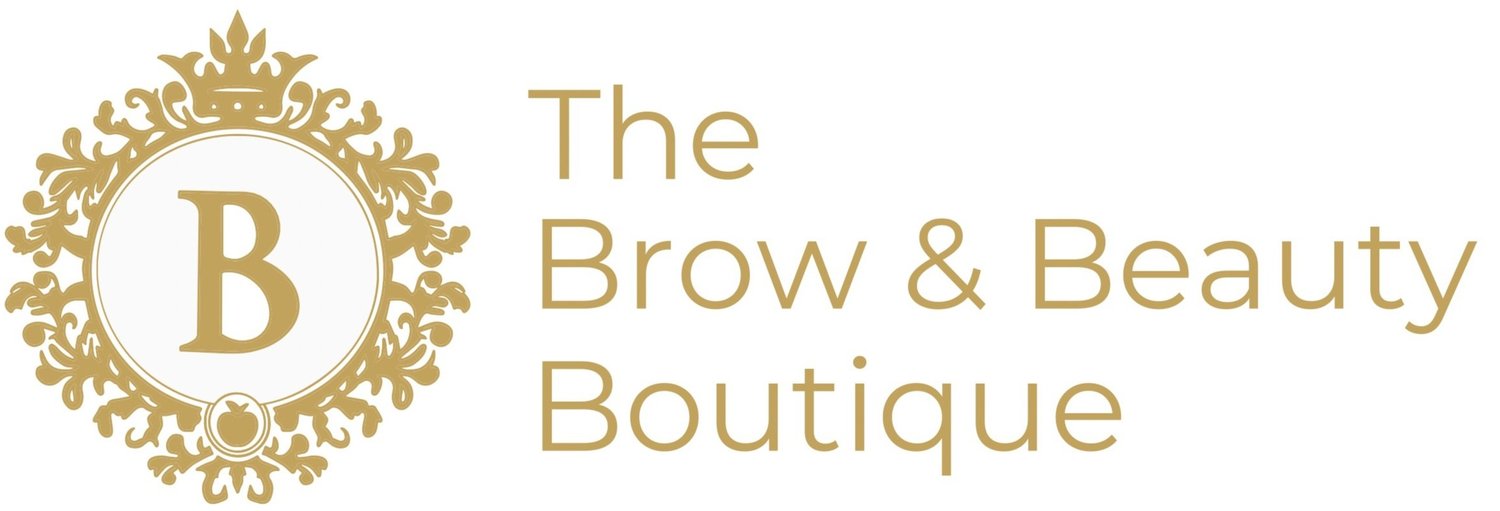Nano Machine vs. Manual Embroidery: Which Technique Yields the Best Brow Results?
Nano machine vs. manual embroidery
When comparing the nano machine vs. manual embroidery (dotting and microblading), both techniques have distinct advantages, but the key to optimal results lies in the skill of the artist. While the nano machine brings technological precision, manual embroidery—when performed by a highly skilled artist—offers artistry that can be difficult to replicate with a machine. Let’s explore the differences:
Nano Machine Embroidery
Benefits:
Precision and Control: The nano machine uses ultra-fine needles to deliver pigment into the skin with incredible precision. It can create fine, hair-like strokes that appear very natural.
Less Trauma: With nano needles being finer than traditional microblades, there is less skin trauma, which can lead to faster healing times and less discomfort during the procedure.
Consistency: The machine provides a consistent pigment application, minimizing the risk of over-pigmentation or uneven strokes.
Drawbacks:
Less Customization: While precise, the machine can sometimes lack the flexibility of manual artistry in creating truly bespoke eyebrow shapes and strokes.
Limited by Technology: The nano machine’s automated precision may not replicate the intuitive feel and nuanced approach of a seasoned artist’s hand.
Removal requirement potential: A significant challenge with nano blading is the lack of experienced artists in the market. As a result, 99% of the time, the effects tend to smudge over time. Within two years, the fine strokes may blur and widen, often leading to the need for removal.
Dots vs strokes: Using the nano machine it is impossible to acheive a nice long stroke, stokes are often created from repeated dotting. the perfect stroke can only be acheived though manual microblading from a skilled artist.
Manual Embroidery (Dotting and Microblading)
Benefits:
Artistry and Customization: A highly skilled artist using manual tools has the ability to craft each stroke with an understanding of the client’s unique facial structure and hair growth patterns. They can customize every aspect of the brow, from shape to texture, ensuring a highly personalized and natural look.
Advanced Techniques like Dotting: Techniques like dotting allow for even more natural effects, especially in filling areas where hair is sparse. This results in brows that mimic the look of real, soft eyebrow hairs.
Textured and Dimensional Brows: Manual techniques, especially in the hands of an expert, can create dimensional brows that look more realistic by combining fine hair-like strokes with shading techniques for added depth.
Full Control: An experienced artist can control every stroke and adjust the pressure, pigment depth, and pattern in real-time, resulting in a highly refined and artistic finish.
Drawbacks:
Higher Risk with Inexperience: Manual embroidery requires exceptional skill. In the hands of a less experienced artist, it can lead to uneven results or pigment placed too deep, leading to undesirable color changes over time.
Conclusion: The Importance of Skill
While both nano machine and manual embroidery offer unique advantages, the artistry of manual embroidery—when performed by a highly skilled artist—often yields the most natural and personalized results. The nano machine is fantastic for precision and consistency, but the creative flexibility and adaptability of manual techniques, like microblading and dotting, can better mimic natural hair patterns, resulting in brows that look truly bespoke.
At The Brow & Beauty Boutique, we offer both methods but believe that the expertise of the artist remains the most critical factor. Our highly trained team uses both cutting-edge technology and advanced manual techniques, ensuring that clients receive the most tailored and beautiful results based on their individual needs.

